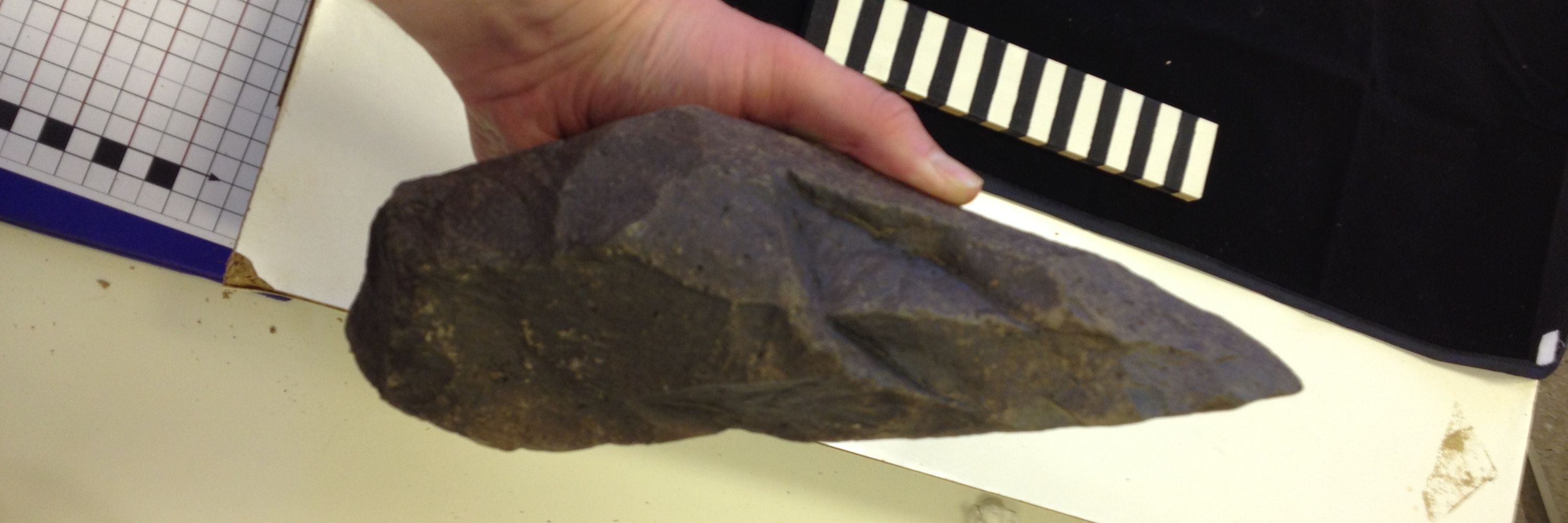Dr Freddie Foulds
@drfrederickfoulds.bsky.social
67 followers
130 following
13 posts
AHRC funded PDRA in Palaeolithic Archaeology at Durham University. Working on using digital technologies to trace social traditions in the Acheulean. Specialist in the lithic technologies of the Lower Palaeolithic.
Nerd posts: @judgefredd.bsky.social
Posts
Media
Videos
Starter Packs
Pinned
Reposted by Dr Freddie Foulds
Reposted by Dr Freddie Foulds
Mark Grabowski
@markgrabowski.bsky.social
· Jan 13









